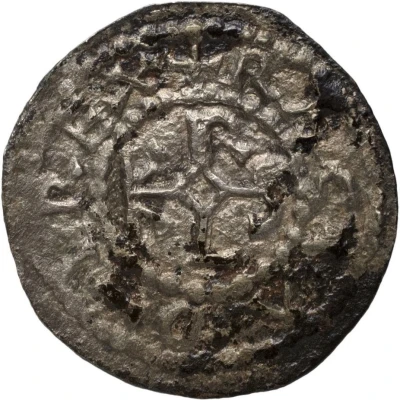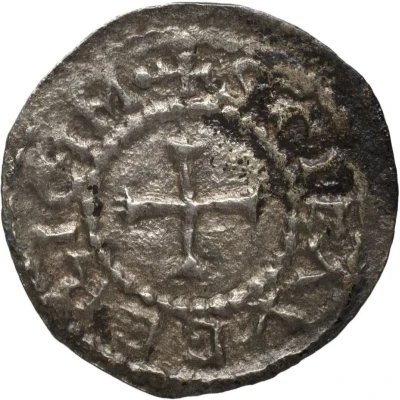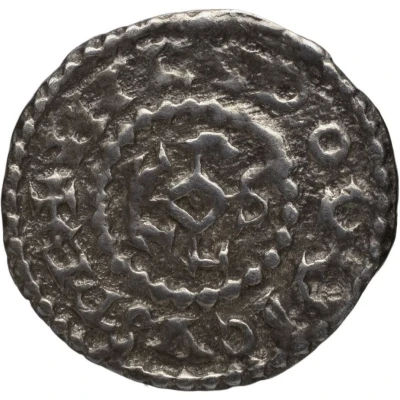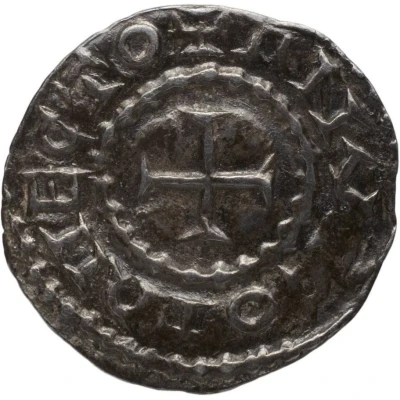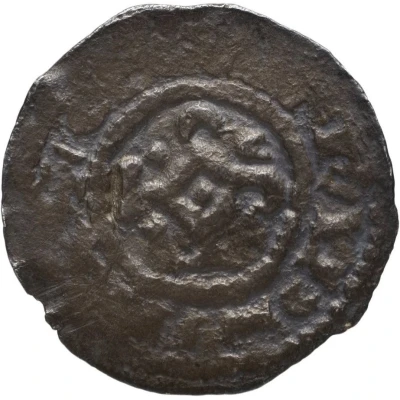
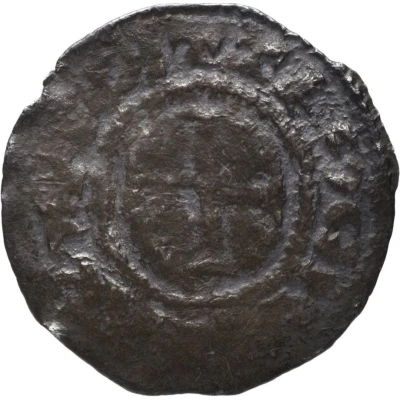

© Bibliothèque nationale de France / Gallica
Obol - Charles II / Charles III Metz
| Silver | 0.59 g | - |
| Issuer | Lotharingia (Carolingian States) |
|---|---|
| King | Charles II the Bald (869-870) Charles III the Simple (911-923) |
| Type | Standard circulation coin |
| Years | 869-922 |
| Value | 1 Obol (1⁄480) |
| Currency | Pound (855-959) |
| Composition | Silver |
| Weight | 0.59 g |
| Shape | Round (irregular) |
| Technique | Hammered |
| Orientation | Variable alignment ↺ |
| Demonetized | Yes |
| Updated | 2024-10-09 |
| Numista | N#342730 |
|---|---|
| Rarity index | 100% |
Reverse
Cross in a beaded circle, legend around.
Script: Latin
Lettering: ✠ METTIS CIVITΛS
Translation: City of Metz.
Comment
There are varieties in engraving and legends.Interesting fact
One interesting fact about the Obol coin is that it was used as a form of currency during a time of great economic and political change in Europe. The Carolingian States, which issued the coin, were a series of kingdoms that emerged from the Frankish Empire and played a significant role in shaping the political and cultural landscape of medieval Europe. The Obol coin, specifically, was used during the reign of Charles II and Charles III, who ruled over a vast territory that included modern-day France, Germany, Italy, and parts of Spain. Despite its small size, the Obol coin was an important symbol of economic power and influence during this time.
